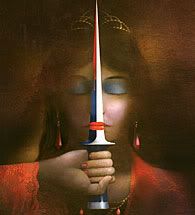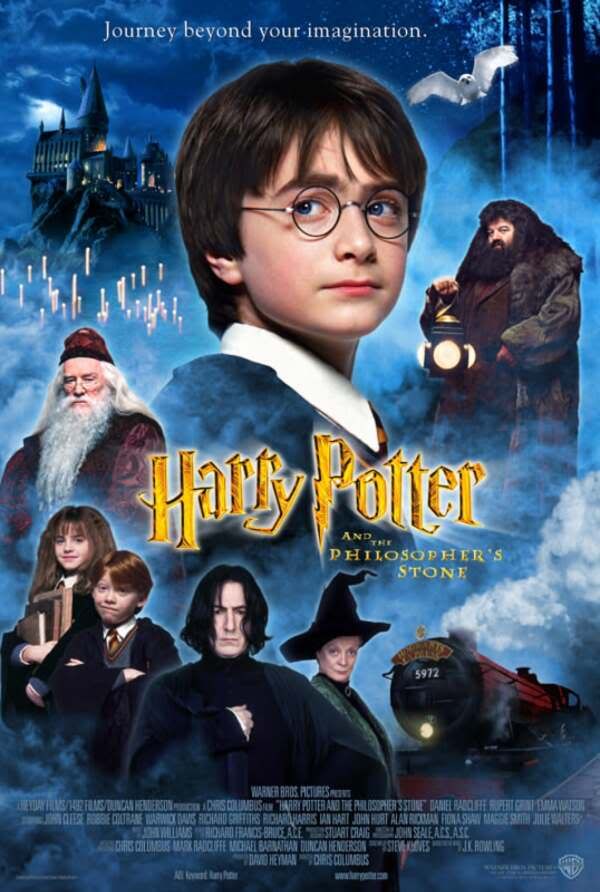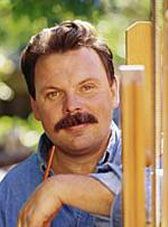Afternoon Opera, Italian dinner, and Love...
No, I did't just go on a romantic date. But the title of this post does capture much of my experience several Sundays ago (April 9th to be precise) that I wanted to share with you.
First, Opera...
After an inspiring Palm Sunday Mass and a quick bite to eat at home, I was off with the Dawson Society (a group on campus that promotes various cultural activities) to experience my first live opera. More specifically, we saw an incredible rendition of the Italian opera Tosca at the Benedum Center in Pittsburgh.

To be honest, I wasn't sure what to expect initially. In retrospect, I think a part of me was slightly intimidated by the seeming upper class nature of opera, as though perhaps I just wouldn't get it. Looking back now though, what a foolish thought! Especially in light of later learning that opera is much more widespread in Europe and an event for all people. For some reason however, in the U.S. opera is not as common and much more expensive (thankfully, my ticket was paid for).
Sung in Italian with English "supertitles" (a new word to me) projected above the stage, the music of Tosca was not only beautifully done, but easy to follow. If you're really interested, listen to a sample from the character Tosca here, or the character Cavaradossi here.
I must say though, that listening to the music alone won't do it justice, for it is the delicate mixture of music and acting that truly brings the story to life. And as for the story itself, it's in many ways your classic love story tragedy and quite moving.
If ever I can afford it again, it will be hard to pass up another one of these! Truly amazing!
Next, Italian...
After the opera, the group went to Buca di Beppo, a southern Italian family style restaurant.

Though I think their desert is outrageously overpriced and the shrimp scampi extremely disappointing, everything else I've tried on their menu has proven pretty delicious. Additionally though, I like the atmosphere in the restaurants. It's hard to describe, so I suppose you won't know unless you experience it for yourself.
By the way, before going on, I feel as though I ought to note a revelation I had recently about how much I love city life. Pittsburgh in particular is a great town! There are always so many exciting things going on. Honestly, between my experience there this schoolyear and in San Francisco over Christmas break, I could almost see myself one day living in a city. But alas, I don't think I could go that far. Ideally, I think I'll always prefer something closer to nature. Nevertheless, it wouldn't hurt to live 30-60 minutes away from a major metropolitan area. ;-)
Finally, Love...
After a delectable Italian dinner then, we headed back to Franciscan to hear the annual Edith Stein lecture, this year given by one of the leading French philosophers, Jean-Luc Marion.

Is that the classic professor look or what?!
Marion's talk was titled "Love as a Philosophical Question." Basically, it was critical of much of the history of philosophy (whether Greek, Buddhist, Christian, Enlightenement, Modern, Postmodern, etc.) for not building philosophy upon a foundation of love, which he sees as the most essential element to the human experience. Needless to say, I found his ideas very appealing. In many ways, it's an even greater emphasis upon what is highlighted in the following quote you may have read on the side column of this blog:
"To the extent that we fail to grasp what love really is, it is impossible for us to give adequate philosophical consideration to what man is. Love alone brings a human being to full awareness of personal existence. For it is in love alone that man finds room enough to be what he is." (Dietrich von Hildebrand)There's more I could share on this topic from Marion, as well as from my favorite modern (Max Scheler) and ancient (Augustine) philosophers, but I don't want to bore people with too much "philosophy."
So that's that. A long but wonderful day of fun with friends here at school. I don't know if it's what you expected from the title, but it's what I experienced, and coupled with it being Palm Sunday, that day was by far one of my more memorable outings of late.
And a few more updates while I'm at it...
On another note, despite the briefly-lived fun of Palm Sunday, school was starting to become stressful with the loads of work building up. Plus, in some ways, it doesn't help that you have Holy Week, which is naturally of a somewhat somber spirit (even if joyful in other respects). Fortunately, in light of this stress and sorrow, I found myself greatly rejuvenated and refocused by the Easter celebration (which--another revelation--I've been reaffirmed experientially in Easter being by far my favorite holiday).
So, to these last few busy weeks of class, I say, bring it!
Lastly, in between all the hustle and bustle, some friends recently introduced me to a great band (err...man/artist?): Iron & Wine.

You may have heard some of his(their?) music before. If not, well, if you like "Indie Rock" and "Folk," or that "acoustic" sound, then you may like this guy. One of my favorite songs is the "Trapeze Swinger."
Alright, back to the grind!




